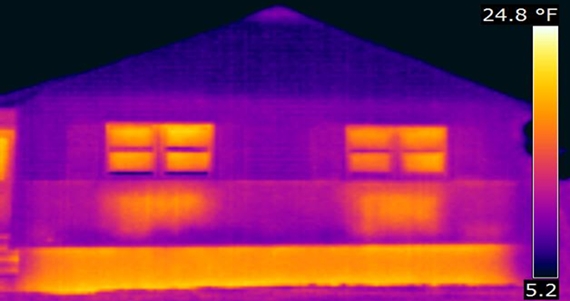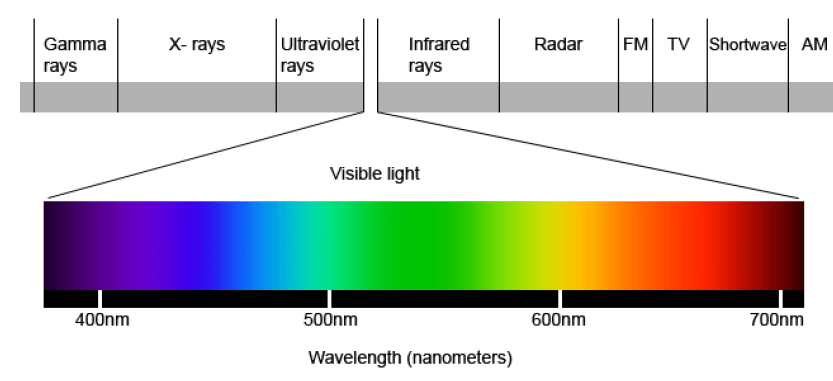What Is Thermography?
See What's Really Going On!

Thermography utilizes an infrared imaging and measurement camera to detect and quantify thermal energy emitted from surfaces, without the need for visible light. This advanced technology produces a two-dimensional image known as a thermogram, which visually represents temperature variations using a distinct color gradient. Displayed on the infrared camera screen, the thermogram allows for accurate analysis of heat patterns, helping to identify potential issues with precision.
An infrared camera detects temperature differences that reach the outermost surface of the scanned area. For accurate identification of anomalies, a temperature differential (Delta-T) of at least 10 to 15 degrees Fahrenheit between the interior and exterior surfaces is necessary. Without this Delta-T, the infrared camera may be unable to detect hidden defects within your home's structure.
Most building materials concealed behind your home's walls, ceilings, and floors naturally exhibit temperature differences due to seasonal heating in winter and air conditioning in summer. In New England’s fluctuating climate, a sufficient Delta-T is typically present when the scanned area is climate-controlled. However, if interior and exterior temperatures are similar, an infrared camera cannot operate effectively until a 10–15 degree differential is established. Maintaining this Delta-T is essential for detecting hidden defects, which I can then accurately analyze and interpret.
Now that you have a basic understanding of thermography, let’s explore how this technology works. Thermal, or infrared (IR), energy is a type of light that is invisible to the human eye due to its long wavelength. It exists within the electromagnetic spectrum (EM) and is experienced as heat (refer to the electromagnetic spectrum below). In the infrared spectrum, any object with a temperature above absolute zero emits heat—even extremely cold objects like ice cubes radiate infrared energy. The higher an object's temperature, the more infrared radiation it emits.
By detecting subtle thermal patterns invisible to the naked eye, I can identify concealed issues that require attention. These insights reveal hidden problems, allowing homeowners to address them proactively rather than reactively — ultimately saving time and money while preventing costly damage before it becomes visible.
ELECTROMAGNETIC SPECTRUM
In the electromagnetic (EM) spectrum, infrared begins where the visible spectrum ends. As the color red fades, it transitions into reflective infrared, representing infrared energy that is reflected off an object's surface.

The idea that infrared cameras function like X-ray machines, enabling thermographers to see through walls and ceilings, is entirely false. Unlike X-rays, infrared waves have significantly longer wavelengths and operate on a fundamentally different principle, as illustrated in the graph above.
For more information, please go to the top right corner and click "Navigate."